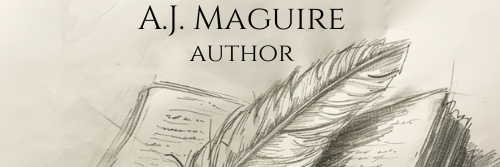So I’ve been talking a lot about all this world building stuff and it occurs to me that the creation of character is intimately involved in this process. Elizabeth Bennett would not be the character so many women love if not for her house full of sisters, her loud mother, and her bookworm of a father.
Nor would she be the poised, respectful woman that we know if not for the society in which she was brought up.
Claire Fraser from the Outlander series would not be the character we enjoy if she hadn’t survived WWII as a nurse. Nor do I think she could have survived half as well in Jamie Fraser’s life without that experience.
Last week I discussed how I was using both my antagonist and my protagonist to help form the political spectrum of my upcoming fantasy novel Swans. I have a series of questions that I pose regarding how much or little power each of the characters have, where they got that power, and how they can use it.
That’s all plot and world building.
To understand the character, I have to ask the question of why they would or would not use said power.
Example:
Antagonist – Why is he pushing for slavery laws? Beyond what he can gain monetarily, why is he alright with the concept of people owning people?
Well, these two societies have been at war before. He’s seen first hand what can happen when two ultimately similar cultures come to blows and in his mind, keeping one culture enslaved is the lesser of two evils.
What does this tell me as the author?
It tells me he’s a veteran. It tells me he’s lost a lot of people he cared about. And it tells me he never fully approved of the marriage between his cousin (the King) and the Arundan Queen. Which means he has no qualms killing my hero and squashing any claim the Arundan people might have to the throne because, in his eyes, it’s the only way to preserve his own way of life and his own people.
It also tells me that this society is going to have a lot of bitter, frightened people. The division between these two cultures is deep and painful. And it tells me that there will be historical sites, battlefields and such, in the landscape that my characters can cross.
Again, I start with my antagonist. This is a new process for me as I’ve almost always started with the protagonist and built everything around them, but I have to say that it is clearly working. I have a much, much better handle on the plot and what this story is truly about than I normally do at this point in the process.
For any authors out there, I’d highly recommend building from the antagonist first. Keep the protagonist and antagonist side by side in the process. Whatever you ask for one, you need to ask for the other to keep it balanced and, ultimately, to keep the story interesting.
